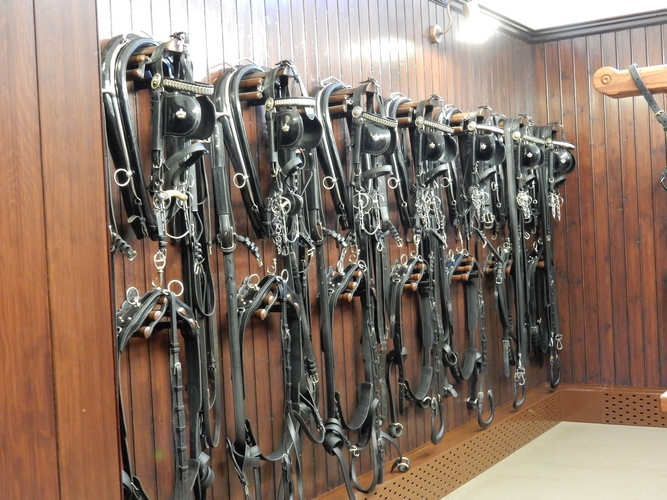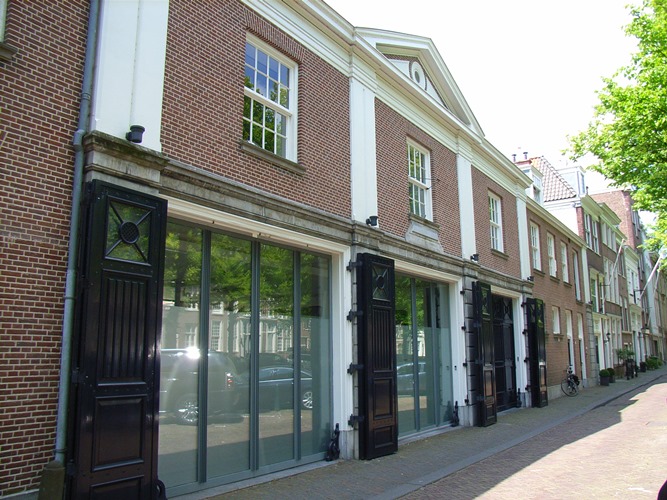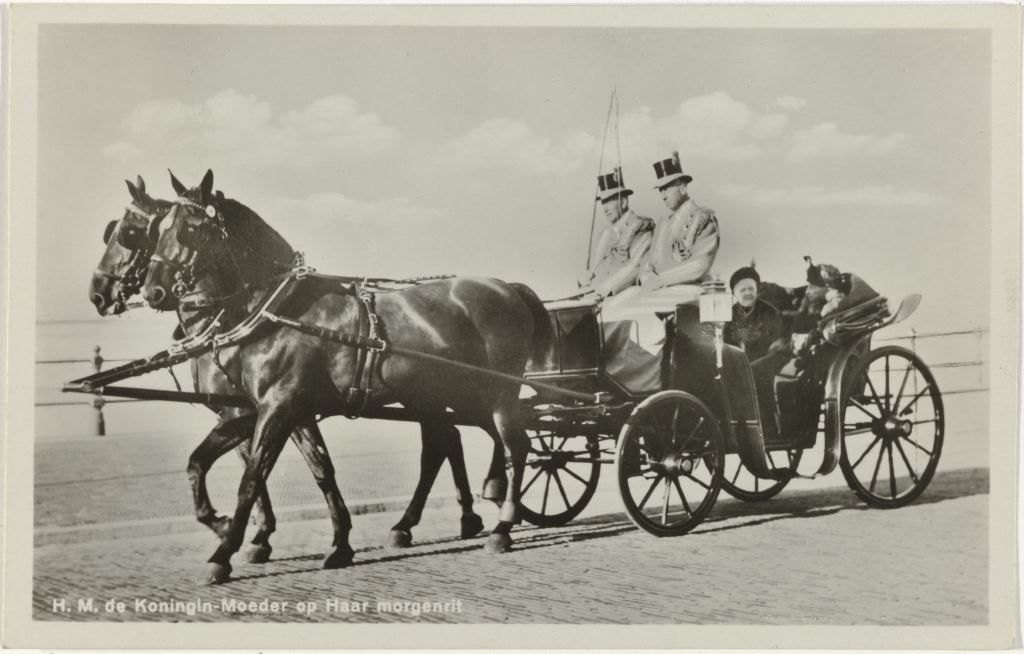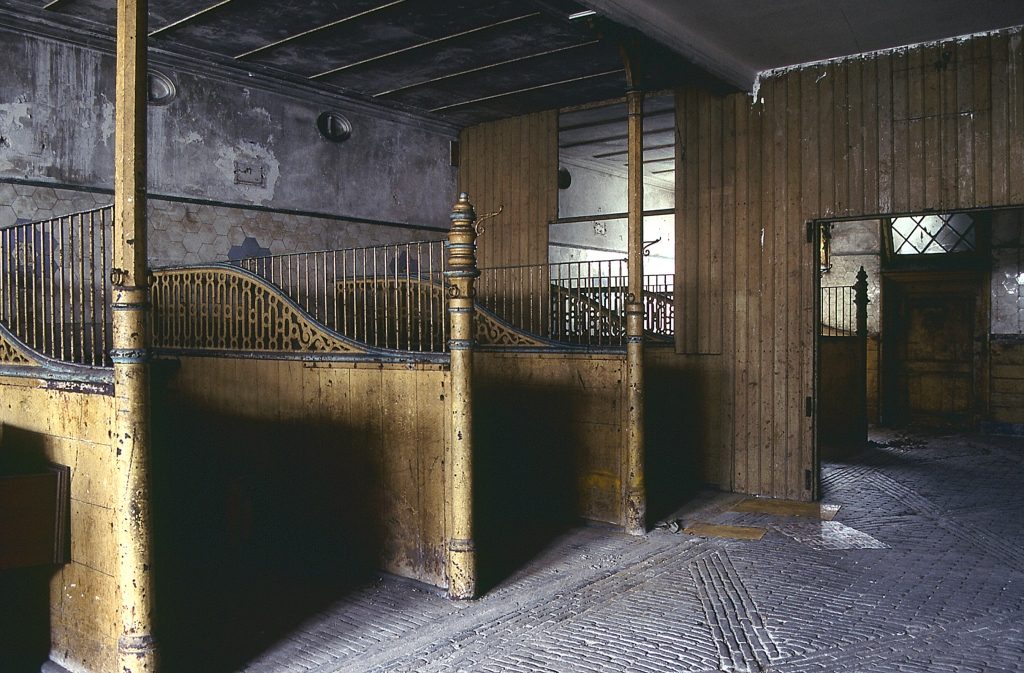The Hague is known for its stately avenues and squares. Much less known is the fact that almost all the imposing houses on those avenues and squares once had a coach house somewhere on the property. In these coach houses (horse-drawn) carriages and the equipment needed to use them were stored and maintained. Someone who can tell you all about that is Nicolaas W. Conijn, chairman of the Hippomobile Heritage Foundation. (“Hippomobile” is a French word meaning “horse-drawn”.)
Hippomobile Heritage
“Talking about heritage, most people think of buildings. In addition, people realize that gold, silver and porcelain objects belong to our heritage. But there is also the heritage of transport. That tells us how we have gotten from one place to another over the centuries. For much of that time, we used horse-power, so that is our “hippomobile” heritage.
The Hippomobile Heritage Foundation is committed to maintaining carriages and everything that goes with them. It is not just the carriages themselves that are important, but also the harnesses and livery.
See and be seen
“Carriages were of course important as a means of transport. But they have also played a role in social life for centuries. The Lange Voorhout was one of those places where the nobility, the well-to-do bourgeoisie and ambassadors rode up and down their carriages. It was a matter of ‘see and being seen’.”
Lange Voorhout Palace
“Much will change on Lange Voorhout. The American Embassy has moved, which has resulted in plans to move the Escher Museum to the building on the corner of Korte Voorhout. The Lange Voorhout Palace, the building where the Escher Museum is now located, is the ideal place to become the home of an Orange-Nassau Museum.
Behind the Lange Voorhout Palace, along Smidswater, you can still find the coach houses built there in the first half of the 19th century.”
Queen Emma
“After her daughter Wilhelmina was married in 1901, Queen Emma went to live in the Lange Voorhout Palace. She had her own stable department, so the coach houses at the Smidswater were used intensively. She used the colors of the principality Waldeck Pyrmont, so that her carriages and livery were painted in black and yellow. Emma died in 1934 and the palace was no longer inhabited.
Her granddaughter Queen Juliana, who lived at Soestdijk Palace, used Lange Voorhout Palace as a workplace or office. Juliana’s daughter Queen Beatrix used this palace for a few years after she came to the throne in 1980 and then moved her offices to Noordeinde Palace. In 1990 Juliana, who still owned the building, sold Lange Voorhout Palace and the coach houses. The latter have since been privately owned and used.”
Restoring in honor
“In the coach houses many details remain to show how the buildings were originally used. That means that there is a unique opportunity to restore them. The Hague presents itself as Royal Residence and we have to make that visible in the city.
For some years we have had the summer openings of the Noordeinde Palace and the Royal Stables, but in the rest of the year these buildings can only be admired from the outside. It would be great if visitors to an Oranje-Nassau Museum in Lange Voorhout Palace and the coach houses can see and experience what the presence of the House of Oranje-Nassau in The Hague meant and still does.”
I will show you these and other coach houses during my city walks.










1 thought on “Royal Coach House”
Pingback: What Were Coach Houses Used For? – TLDR TEch